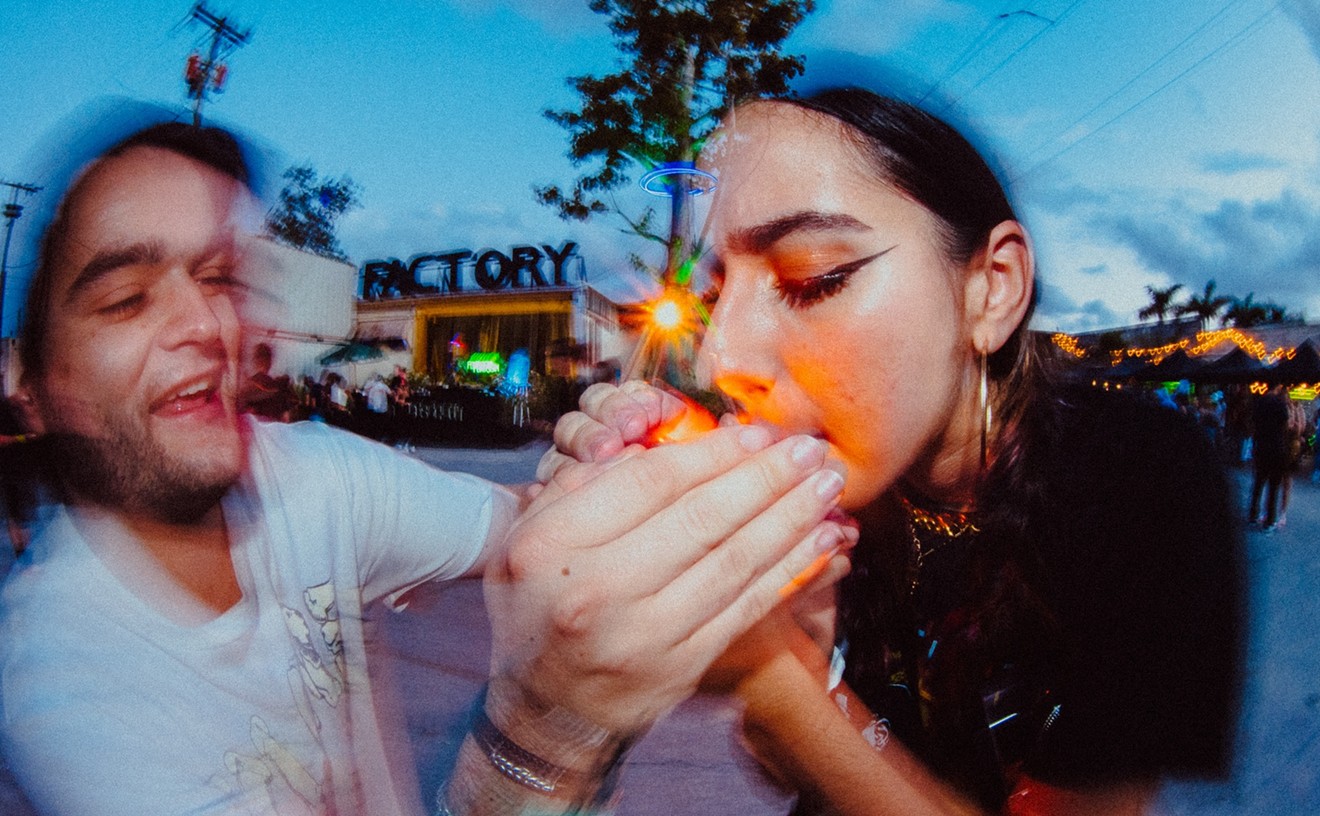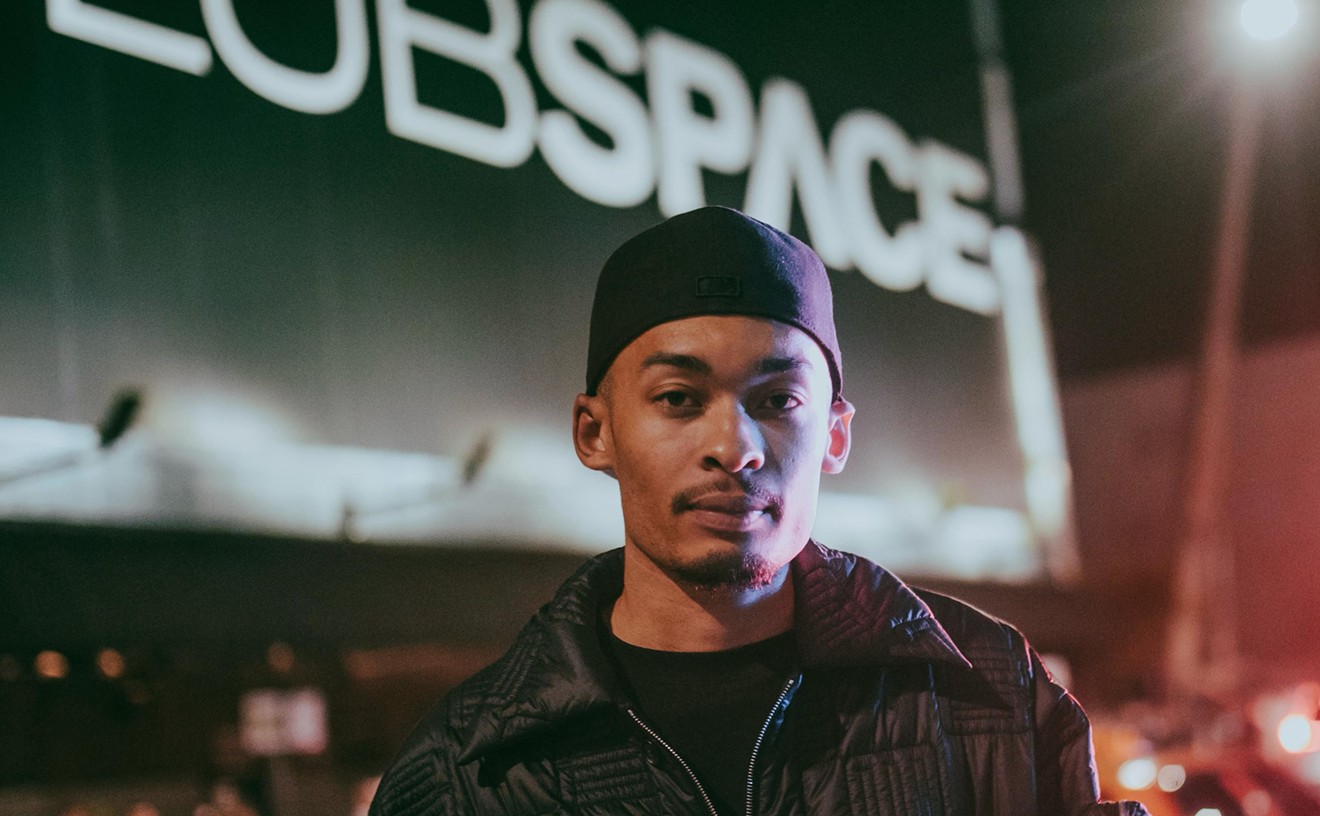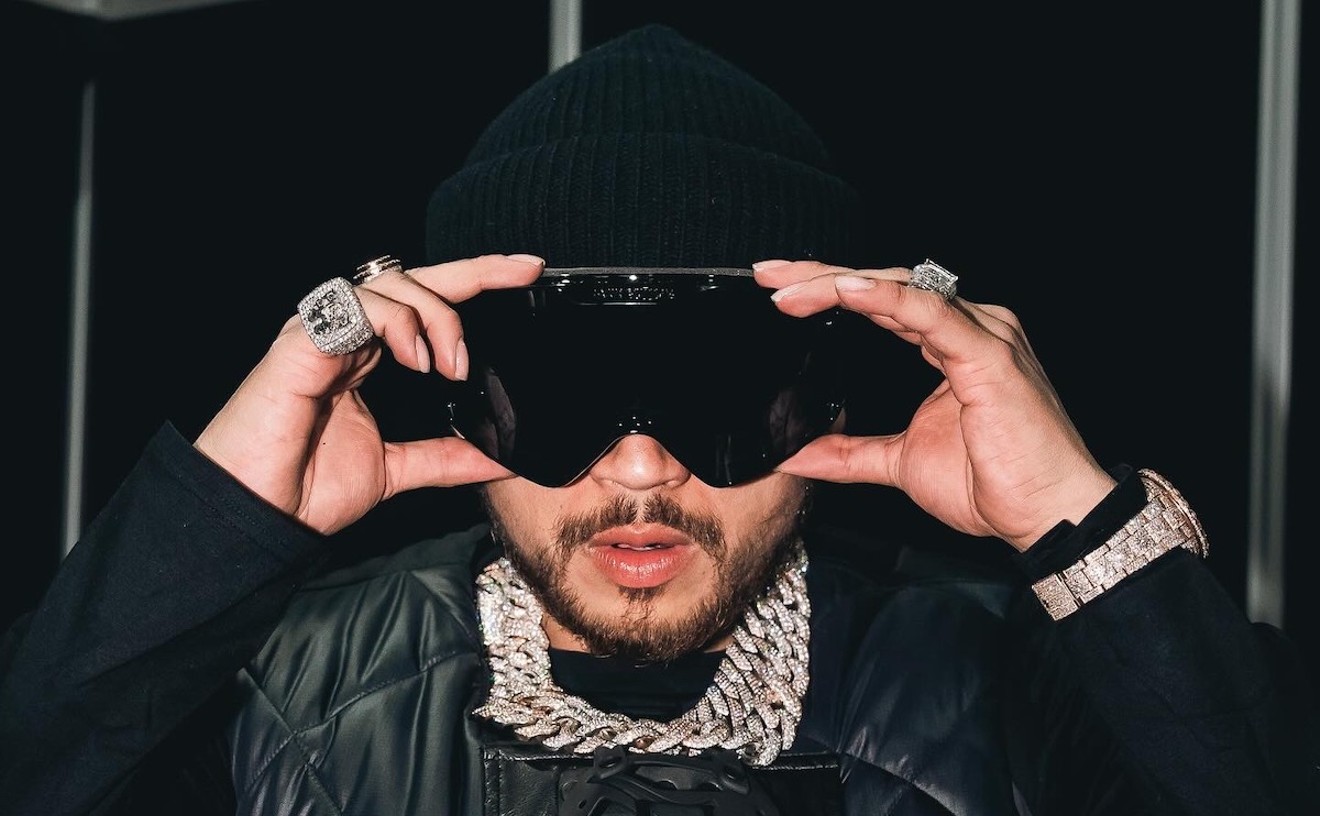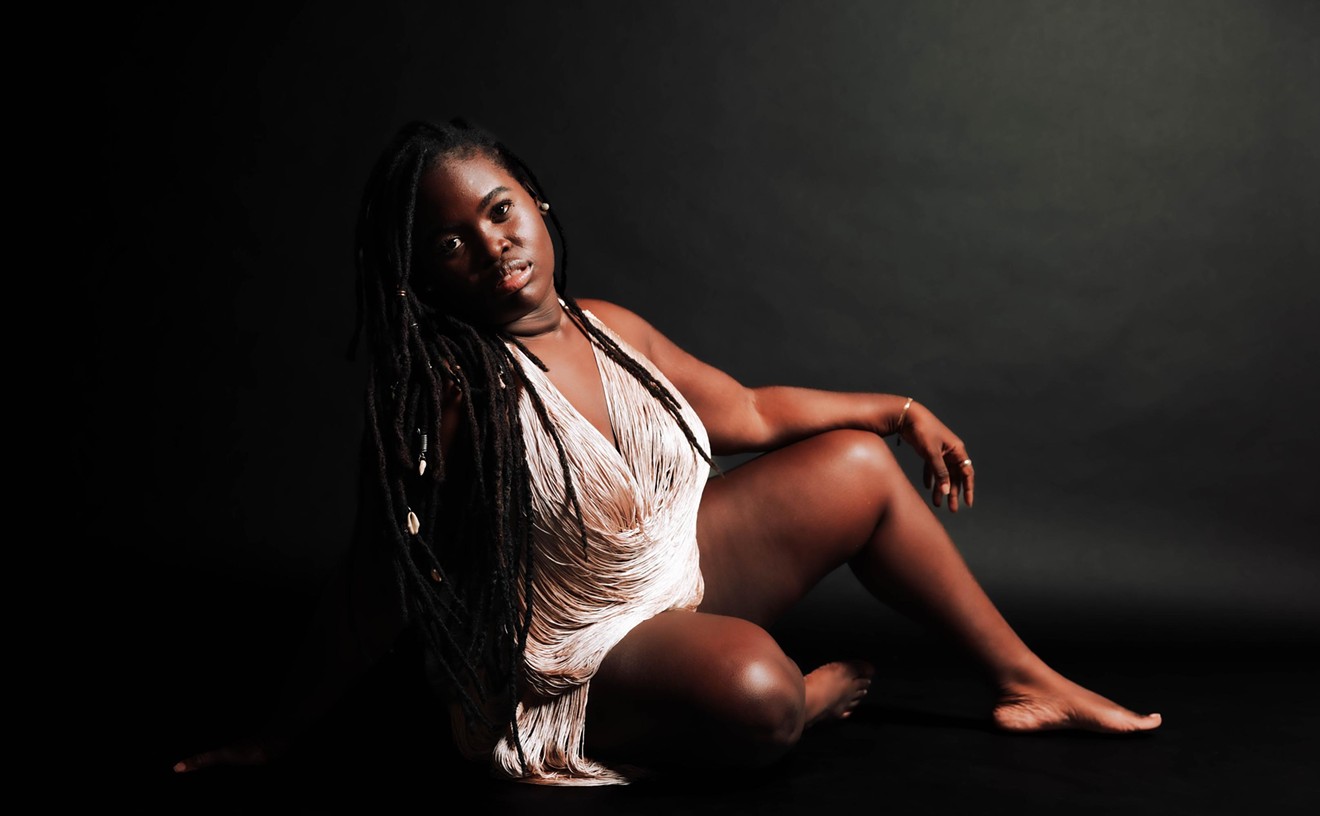The Miami indie scene might be in the midst of a renaissance, with quirky local acts garnering the attention of the New York Times. But long before new local acts were making national news, an incensed band known as the Holy Terrors was trashing the city with an inimitable art-punk sonic brew.
"They are probably the only South Florida band [from the Nineties] that had a natural sound," says legendary Miami music producer Frank "Rat Bastard" Falestra. "The Holy Terrors sounded like a national touring act. People heard them and said, Wow, these guys are not from around here, 'cause their sound was so tight."
Founded in 1990, the Holy Terrors came to be when childhood friends Rob Elba and Dan Hosker left the snowy confines of Boston for the balmy temperatures of weird South Florida. Once here, they got together with drummer Sam Fogarino and, in 1991 (after the departure of original member Frank Labrador), bassist William Trev.
Their sound — a gloriously distorted mix of melodic punk and clever, personal lyrics — quickly became the defining soundtrack for those living in the frantic Miami of the Nineties. Significantly, and unlike most local groups, the band got their songs played on local radio stations, such as the now-defunct WSHE. The hard-working Terrors also played for substantial crowds, even opening shows for cool national headliners such as Morphine, Danzig, and Jellyfish.
In 1993, they released the stunning full-length debut LP, Lolitaville, and scored a management deal with the influential John Tovar, Marilyn Manson's first manager. All in all, the Terrors demonstrated that local bands could play with a level of energy and sophistication equivalent to groups in much larger cities. This fact was made evident when Fogarino, some years after leaving the Terrors, went on to join the ultra-successful and critically acclaimed Interpol in New York.
And although the group's level of activity eventually faded, the Holy Terrors have remained a band, more or less, to this day. While they are on hiatus from recording new material, the core band members still play popular one-off shows several times a year, and the various alumni maintain close contact. On a recent day at Fort Lauderdale's Ernie's BBQ restaurant, Holy Terrors Elba, Hosker, and Trev gathered to reminisce about the rousing good old days.
"We are family," says 45-year-old lead guitarist Hosker, taking a swig of a freshly poured beer. "Rob is my oldest friend. I've known him since 1984, and the band still seems able to keep it together. We are not some nostalgia act."
It's funny, then, that the band was born on a whim. "It's ironic that I had a band with Dan up in Boston for five years in a supposedly hipper-than-hip music/college town, but the music we were making was subpar at best," says Elba, also 45 years old. "When I came back down to Miami and hooked back up with Dan, I felt like I finally had a kick-ass band, and that pushed me to write like a motherfucker."
Their efforts promptly paid off when Rat Bastard offered to record the group, resulting in their first 45 rpm single, "Spirit/Shine/Stranger." From their first steps, the Terrors' sound was potent, yet the mysterious lyrics hinted at a deeper meaning, as in the trashy "Stranger:"
Telling me to live just for today
Telling me to give it all away
Three sixes on his left tit
It was kind of funny, until it hit
Oh, to be the prince of lies
Or to sell your soul to the devil's eyes
Elba's enigmatic songwriting captivated Fogarino. "Rob's songs just fueled my fire. I took his music and words literally," Fogarino says from his current home in Athens, Georgia. "Every gig we played was the highlight of that week. I destroyed my drum kit during every show we played, not by throwing it around, but with an abusive performance velocity that was brought on by Rob, Dan, and Will." Obviously part of the foursome's primal oomph stemmed from a rigorous and collaborative practice process, where all members contributed regularly with their particular skills. And while singer-songwriter Elba acted as the main creative engine behind their sound, he was by no means a dictator. "As far as lyrics go, I think everyone else in the band understood the fact that I was too much of a control freak to sing anyone else's words," he says. "But no matter what I would bring [to the group], it would invariably be mashed up and torn apart by everyone until it became a Terrors song."
Still, though the bandmates were recording and had a strong following in Dade and Broward counties, they had to face the perennial predicament for musicians living in South Florida: geography. "It takes a whole day to get out of the goddamn state; up North you can play NYC, Boston, Philly, and D.C. in just four days," says Hosker. "Down here there's no circuit going on, and a lot of people just don't travel."
In spite of this, the Terrors persevered driving outside the Sunshine State, making it as far as Georgia and the Midwest. "We drove all the way to Atlanta to open for Morphine at The Point in Little Five Points," says Trev.
But in those pre-Internet days, bands were limited by the potential of their immediate surroundings, and after a few years of trials, the Terrors began to lose steam. In 1996, Fogarino left for New York, while Hosker set off to tour with his other band, the formidable (Kurt Cobain-approved) Harry Pussy.
In the ensuing years, the Terrors still played the occasional show with new drummer Mike Bocsusis and in 2001 released the career retrospective, This Is What It Sounds Like When You're Dead. And their legacy lives on. Jeff Lemlich, author of the book Savage Lost: Florida Garage Bands: The '60s and Beyond, chronicled the Terrors during their heyday.
"It may take another five to 10 years before they're given the props they deserve," Lemlich says. "I think their 45s will be rediscovered by collectors, particularly the first one, 'Shine/Spirit/Stranger.' The Terrors didn't care if they impressed the A&R guys in the suits. Yet even with Rob insulting the audience, and their who-gives-a-damn attitude, people were always awed."
And though he is now a member of an internationally famous band, Fogarino still carries a torch for his old bandmates. "Everything that I know about music — playing, listening, feeling, writing, recording — stems from that band," he says. "Even the person I became was initiated during the period I was their drummer. They mean a lot to me."










